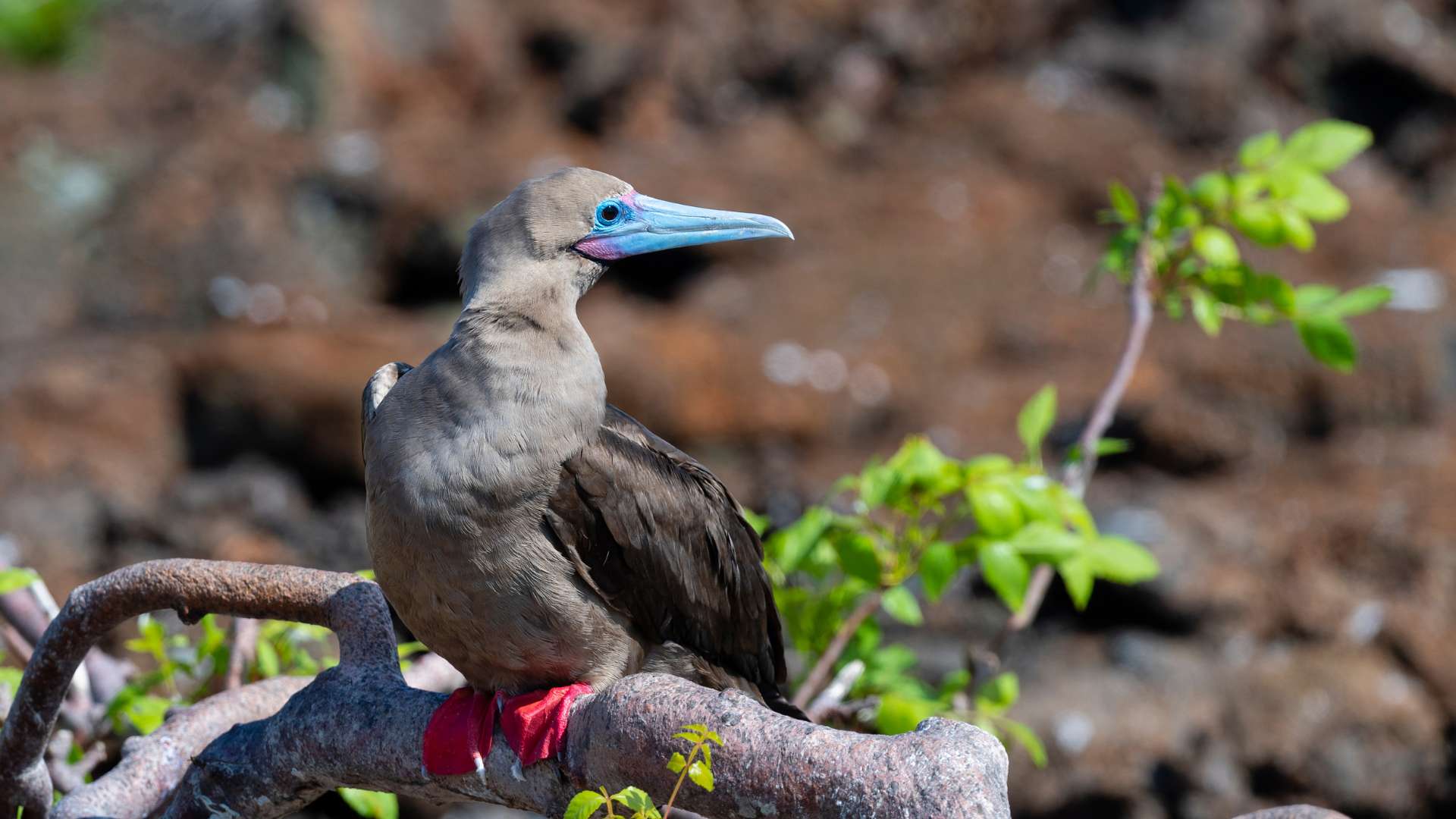Day by day
Map

Preview

Preview

Preview
Cruise Includes
Scheduled visits and activities with a professional bilingual guide
All meals on board, snacks, purified water, tea and coffee
Accommodation in standard cabin / bunk with private bathroom and air conditioning
Assistance 24/7 during the trip
Cruise does not include
Air tickets to / from Galapagos from / to Quito, Guayaquil or combined route
Entrance to the Galapagos National Park US $ 200 p.p. (cash in the Islands)
Galapagos Control Card US $ 20 p.p. (at the airport before check-in)
Soft and alcoholic drinks on board; personal expenses, extras and tips guide and crew (cash)
Rent of snorkeling equipment and wet-suits on board (in cash)
Travel insurance with medical, cancellation and other unforeseen coverage
Other services in Continental Ecuador and not specified in the program
Itinerary 4 days A
From USD 2000,00